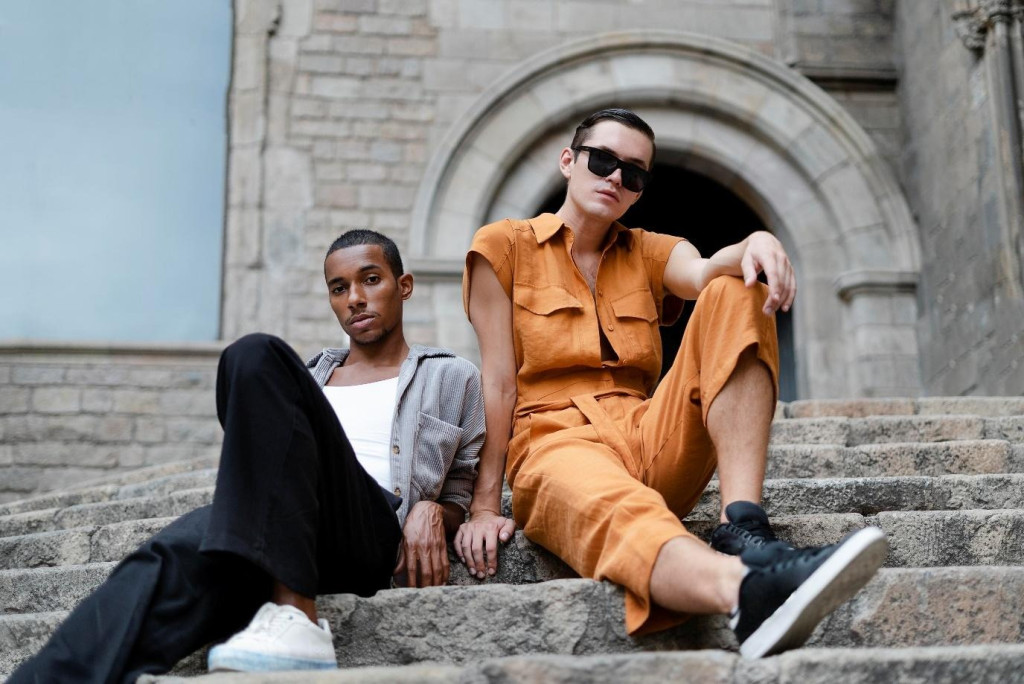Luxury footwear has ushered in a phase where design excellence strides hand in hand with responsibility for the environment. The sustainable sneaker industry is $8.46 billion, and the market continues to expand by around 6% annually. Now, high-end pairs determine that dynamic, luxury, and conscience can go hand in hand with modern consumers.
More stylish consumers would like to wear men’s high end sneakers with handcrafted and less toxic materials. When production can be sustainable, they are more than ready to pay an additional nearly 10%.
Design Meets Responsibility
High-end trainers use ZQ-certified Merino wool and eucalyptus fibres. These natural materials reduce carbon footprint and keep feet cool. Apple leather turns fruit waste into premium, luxurious uppers. They rival calfskin in quality and appearance. Bio-based foam composed of sugarcane softens every step and reduces the dependency on fossil fuels.
Recycled plastic becomes laces and eyelets. This extends the life of bottles that would otherwise pollute the seas. Vegetable-tanned ecological leather does not contain heavy metals, and it ages beautifully. The outcome is luxury that is done indulgently with a lesser footprint.
Craftsmanship and Circularity
Artisans manually sew each pair, then distress and brush to ascertain the product’s distinctiveness and uniqueness. This interest implies that sneakers last longer before they wear out, to avoid substitution and emissions. Under a broader program of circles, internal repair workshops receive resoles, restitches, or repair paint-on when a defect is detected.
Remake services can upcycle even panels that may be doubled in cultural and material terms. In some ateliers, every intervention is documented to retrace the history of repairs on a shoe. This would allow goods to be discarded and resold via such web archives. Circularity shifts luxury from ownership to stewardship.
Transparency Drives Desire
Global surveys indicate consumers will pay nearly 10% more for proven environmentally friendly products. They value the difference. There are closets, such as blockchain-based product passports, that trace all raw materials, mills, and miles.
End-to-end traceability systems now trace fibres back to the farms; thus, an audit cannot be manipulated. Gen Z and millennial customers emphasise the role of transparency in their purchasing decisions, or not to buy.
62% of Gen Z respondents consider sustainable brands when choosing luxury brands. They already form one-fifth of all luxury consumers across the globe. They determine which priorities to consider when designing. Such exposure enhances confidence, and a purchase is an informed vote for superior pro-practice in the industry.
Stepping into Tomorrow
Luxury sneakers show that it’s possible to be regenerative, beautiful, and made to last years, not seasons. The predictions indicate that a sustainable pair will be the stars of future store counters when the revenues are expected to exceed $3.6 billion by 2033.
Deeper services that are circular, deeper biomaterials, and present-time data of supply that become transparent to the buyers. This vision considers transparency, repair, and renewable innovation natural. They rank alongside comfort and aesthetics. Each step in the right direction begins under the laces.




